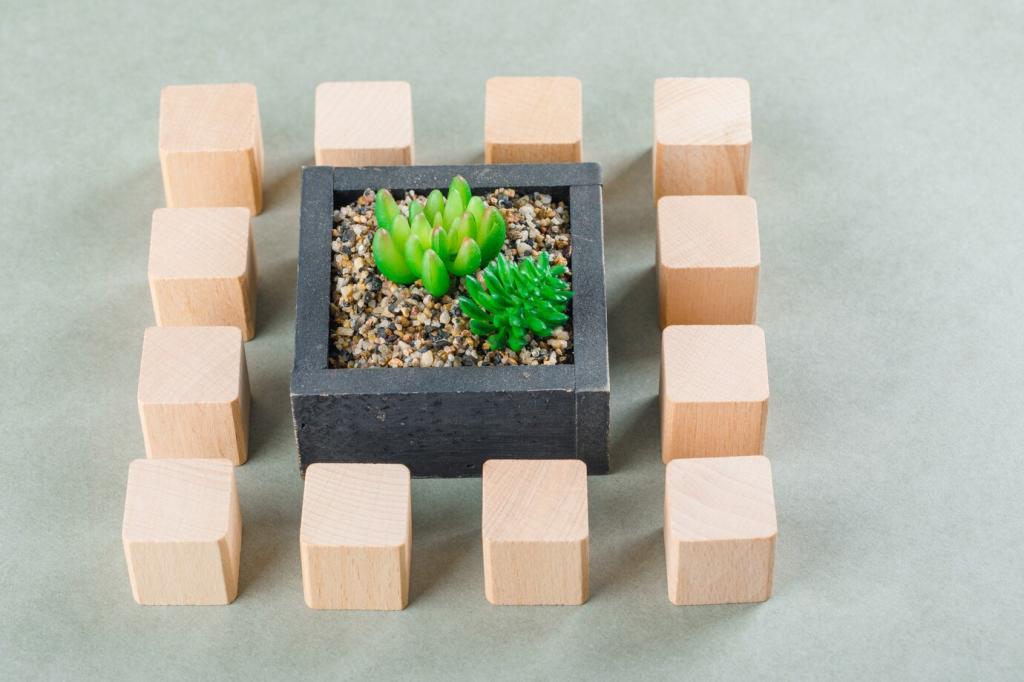
Creating Indoor Gardens: Grow a Lush Sanctuary at Home
Theme selected today: Creating Indoor Gardens. Step into a lively, leaf-strewn world where windowsills become forests, shelves sprout flavor, and every corner feels calmer. Join us, share your green wins, and subscribe for fresh, hands-on guidance.
Why Creating Indoor Gardens Changes How Home Feels
Caring for plants invites mindful moments into busy days. Watching a cutting root or a bud open can slow racing thoughts, reduce stress, and build a gentle rhythm that supports better sleep and steadier moods.
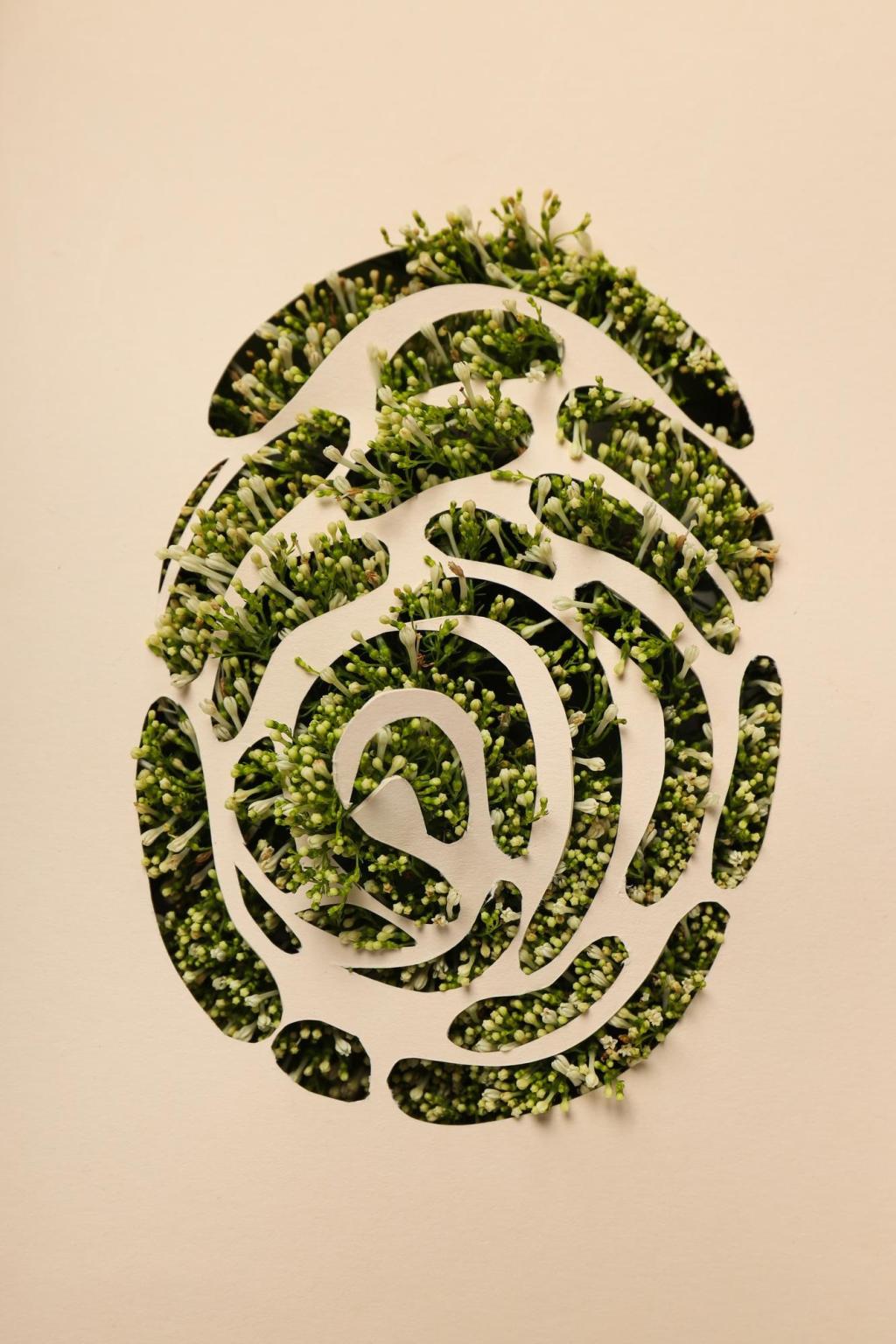
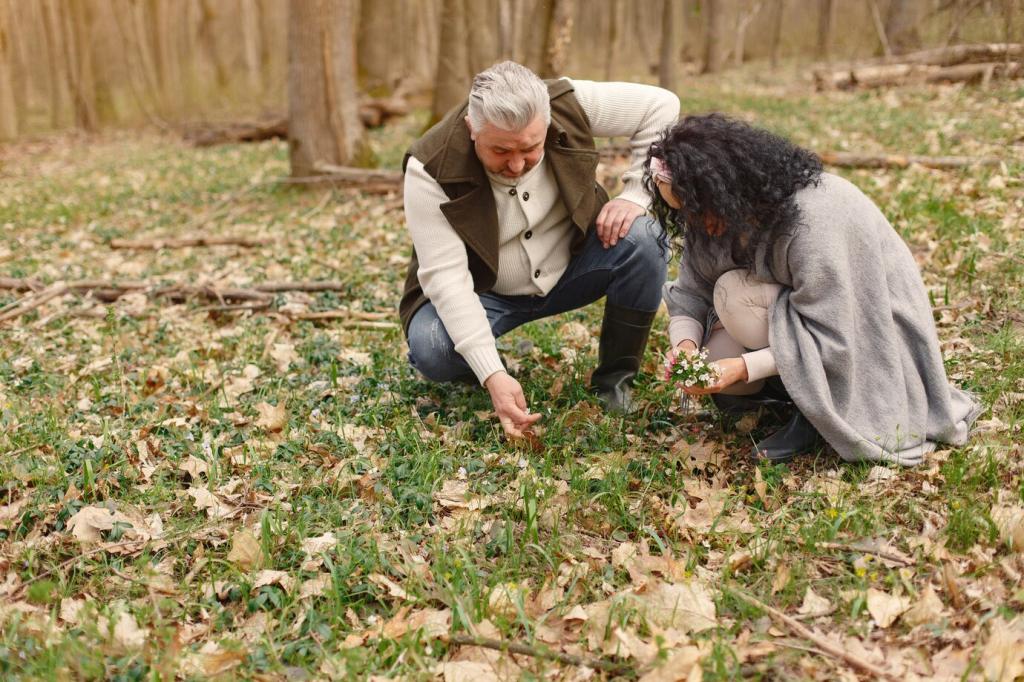
Why Creating Indoor Gardens Changes How Home Feels
Indoor plants won’t replace ventilation, but they can make spaces feel fresher, increase humidity slightly, and soften acoustics. Paired with open windows and regular airflow, your indoor garden becomes a more comfortable, welcoming habitat.


Light: The Invisible Fertilizer of Indoor Gardens
Observe where sunlight lands and for how long. South and west windows usually give brighter light; north is gentler. Test by holding a hand—crisp shadows signal strong light, blurry shadows suggest moderate, and no shadow means low light.
Light: The Invisible Fertilizer of Indoor Gardens
Full-spectrum LED grow lights with cool-to-neutral color temperatures help seedlings and sun lovers flourish. Aim for 12–16 hours daily, placing lights a safe distance to avoid scorch. Start higher, lower gradually, and watch leaves for feedback.
Choosing Plants for Your Space and Lifestyle
Try pothos, ZZ plants, and snake plants where sunlight is scarce. They tolerate neglect, forgive missed waterings, and reward patience with steady growth. Place them where you actually live, not just where you wish light existed.

Most houseplants thrive in a blend of peat or coco coir, perlite, and bark for airflow. Succulents need extra grit. Pre-moisten your mix slightly before potting so roots settle evenly without dry pockets.

Designing an Indoor Garden You Love to Live With
Use wall-mounted shelves, pegboards, or hanging planters to lift vines and herbs. Keep watering access practical and collect runoff in trays. A tidy vertical setup saves floor space and turns a plain wall into living art.
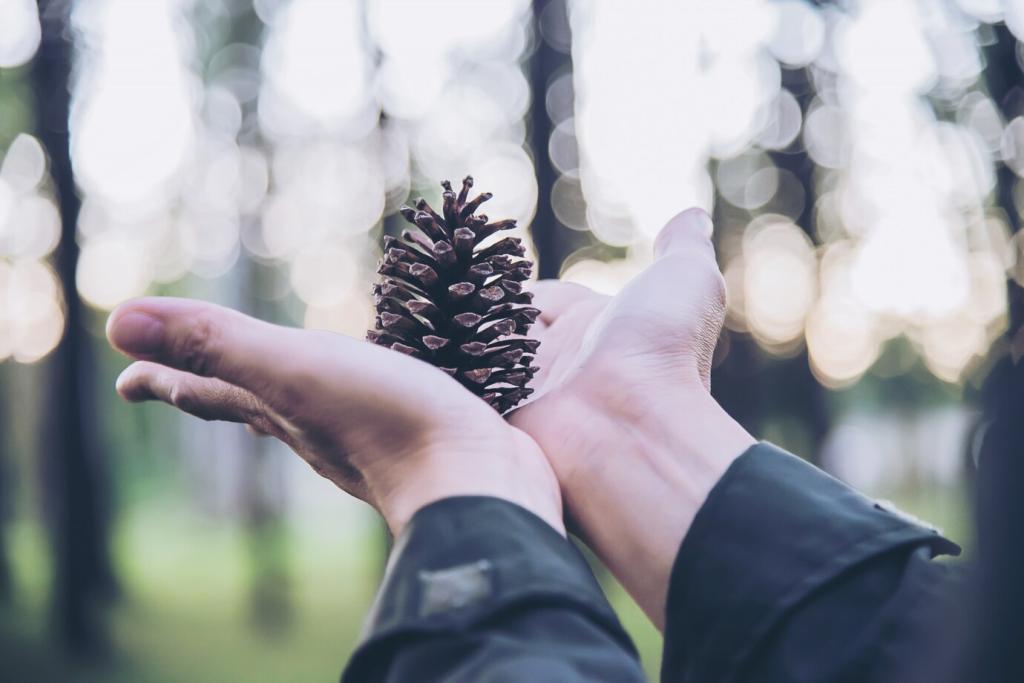
Keeping Indoor Gardens Healthy: Pests, Prevention, Peace
Look for sticky residue, webbing, curling leaves, and sudden yellowing. Inspect undersides and new growth weekly. Small, regular checks beat emergencies and help you learn each plant’s normal behavior over time.
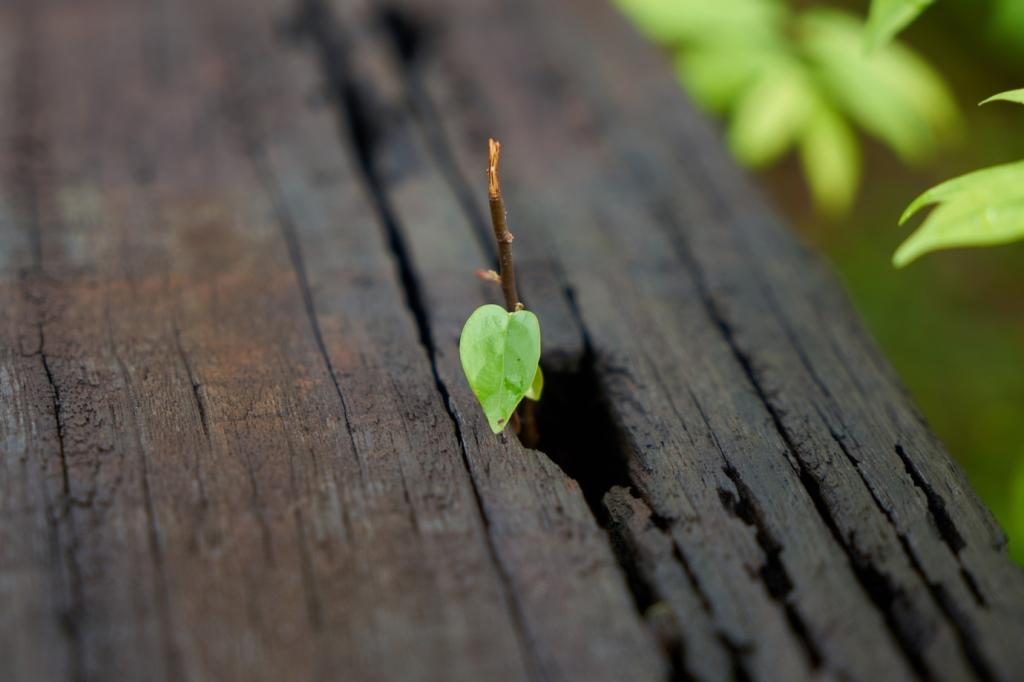
Keeping Indoor Gardens Healthy: Pests, Prevention, Peace
Start with a gentle shower, then wipe leaves. Use insecticidal soap or diluted neem oil if needed, applying consistently. Always test on a leaf first and keep treated plants away from direct sun until dry.

Spring Wake-Up
Increase watering gradually as light returns. Feed lightly with a balanced fertilizer and prune leggy growth. Spring is the season to train vines, refresh soil surfaces, and stake stems before they scramble too far.

Summer Balance
Bright days can dehydrate pots quickly. Check moisture more often and shield tender leaves from harsh afternoon sun. Consider a vacation watering plan—wick systems or trusted friends—to avoid midsummer setbacks.

Autumn and Winter Ease
Shorter days slow growth. Reduce watering, dust leaves to maximize light, and add supplemental lighting if needed. Repot less, observe more. Share your winter survival strategies and subscribe for our cold-season care roundup.
